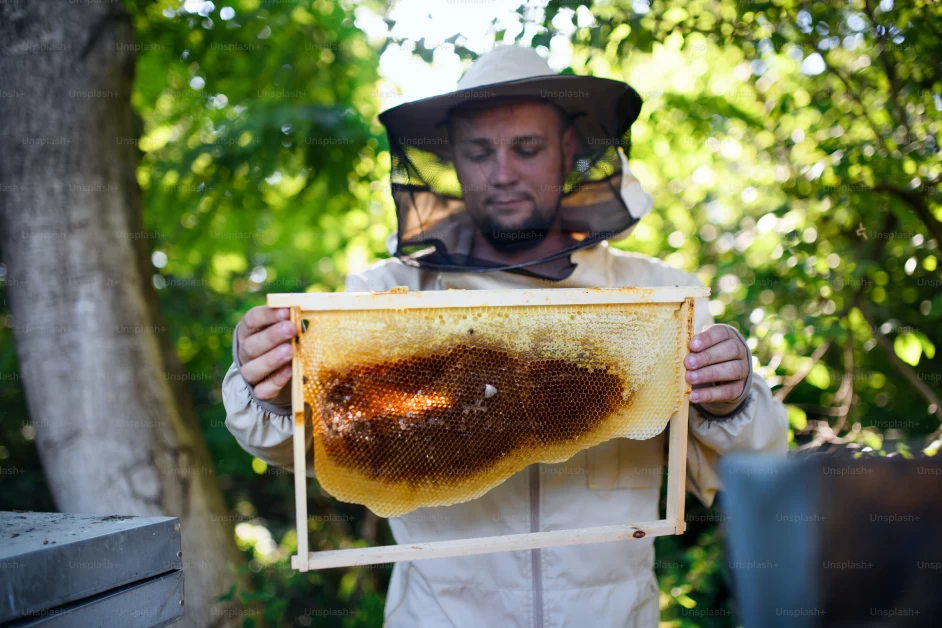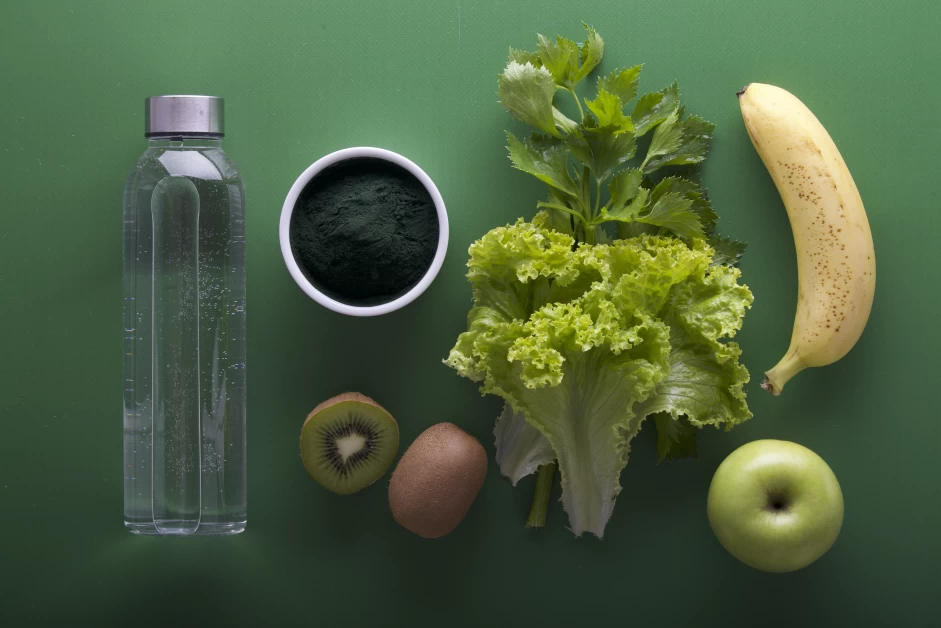Table of Contents
- Introduction
- AhR and Skin Homeostasis
- MH and its Potential AhR Ligands
- The Role of AhR Activation in MH’s Anti-Inflammatory Effect
- Confirmation of AhR Activation in NHEKs
- In Vivo Evidence of AhR Activation by MH
- Time-Dependent Activation of AhR by MH
- AhR Activation Mediates MH’s Anti-Inflammatory Effects
- AhR-Dependent Upregulation of FLG Expression
- Clinical Implications of MH’s AhR-Activating Properties
Introduction
Manuka honey (MH) is a complex nutritional material known for its antimicrobial, antioxidant, and anti-inflammatory properties. It has been used for centuries as a natural remedy for various ailments. Recent studies have revealed that MH contains potential AhR (aryl hydrocarbon receptor) ligands, including indoles. The AhR is a ligand-dependent transcription factor that plays a crucial role in regulating skin homeostasis and inflammation. This article explores the hypothesis that MH’s anti-inflammatory effects are mediated, at least partially, through AhR activation.
AhR and Skin Homeostasis
The aryl hydrocarbon receptor (AhR) is a transcription factor that regulates skin homeostasis. Activation of AhR by physiological ligands, such as indoles derived from tryptophan metabolism, leads to the expression of cytochrome P450 (CYP) enzymes, including CYP1A1. Animal models and clinical samples of psoriasis and atopic dermatitis have shown that AhR activation has anti-inflammatory effects.
MH and its Potential AhR Ligands
Manuka honey (MH) is a unique substance with various health benefits. It has been found to possess antimicrobial, antioxidant, and anti-inflammatory activity. Previous research has shown that MH can downregulate interleukin (IL)-4-induced CCL26 expression in keratinocytes, indicating its potential as an anti-inflammatory agent. Recent studies have also identified potential AhR ligands in MH, including indoles derived from microbial metabolism of tryptophan.
The Role of AhR Activation in MH’s Anti-Inflammatory Effect
To investigate the role of AhR activation in MH’s anti-inflammatory effect, HaCaT keratinocytes, either stably transfected with an empty vector (EV-HaCaT) or in which AhR had been stably silenced (AhR-silenced HaCaT), were treated with 2% MH for 24 hours. Gene expression was measured using reverse transcriptase quantitative polymerase chain reaction (RT-qPCR). The results showed a significant upregulation of CYP1A1 in EV-HaCaTs, which was reduced in AhR-silenced cells. Pretreatment with the AhR antagonist CH223191 abrogated this effect.
Confirmation of AhR Activation in NHEKs
Similar findings were observed in primary normal human epithelial keratinocytes (NHEKs) treated with 2% MH. The upregulation of CYP1A1 expression was significantly reduced when AhR was silenced, and pretreatment with CH223191 inhibited the effect of MH. These results confirm the role of AhR activation in MH’s anti-inflammatory effect.
In Vivo Evidence of AhR Activation by MH
To further investigate the in vivo effects of MH on AhR activation, Cyp1a1Cre × R26ReYFP reporter mice were treated with pure MH epicutaneously. The results showed a significant induction of CYP1A1 expression compared to Vaseline, providing further evidence of AhR activation by MH.
Time-Dependent Activation of AhR by MH
In addition to direct activation, MH was found to indirectly activate AhR in HaCaT keratinocytes. Treatment with 2% MH initially decreased baseline CYP1A1 enzymatic activity at 3 and 6 hours but increased it after 12 hours. This suggests that MH may activate AhR through both direct and indirect means.
AhR Activation Mediates MH’s Anti-Inflammatory Effects
The downregulation of IL-4-induced CCL26 mRNA and protein by MH was found to be dependent on AhR activation. In AhR-silenced HaCaTs and those pretreated with CH223191, the anti-inflammatory effect of MH on CCL26 expression was abrogated. This further supports the hypothesis that MH’s anti-inflammatory effect is mediated, at least partially, through AhR activation.
AhR-Dependent Upregulation of FLG Expression
MH was also found to upregulate filaggrin (FLG) expression in NHEKs in an AhR-dependent manner. Filaggrin is an essential protein involved in maintaining skin barrier function. The upregulation of FLG expression by MH further highlights its potential as a natural remedy for skin inflammatory conditions.
Clinical Implications of MH’s AhR-Activating Properties
The AhR-activating properties of MH have broader clinical implications for a range of skin inflammatory conditions. MH’s anti-inflammatory effects, mediated through AhR activation, make it a promising natural treatment option for conditions such as psoriasis and atopic dermatitis. Further research is needed to explore the full potential of MH in managing these skin conditions.
In conclusion, MH’s activation of AhR, both in vitro and in vivo, provides a mechanism for its anti-inflammatory effects. The AhR-activating properties of MH could have significant clinical implications for various skin inflammatory conditions. With its natural antimicrobial, antioxidant, and anti-inflammatory activity, MH holds promise as a therapeutic agent for promoting skin homeostasis and alleviating inflammation.
Keywords: manuka honey anti-inflammatory



